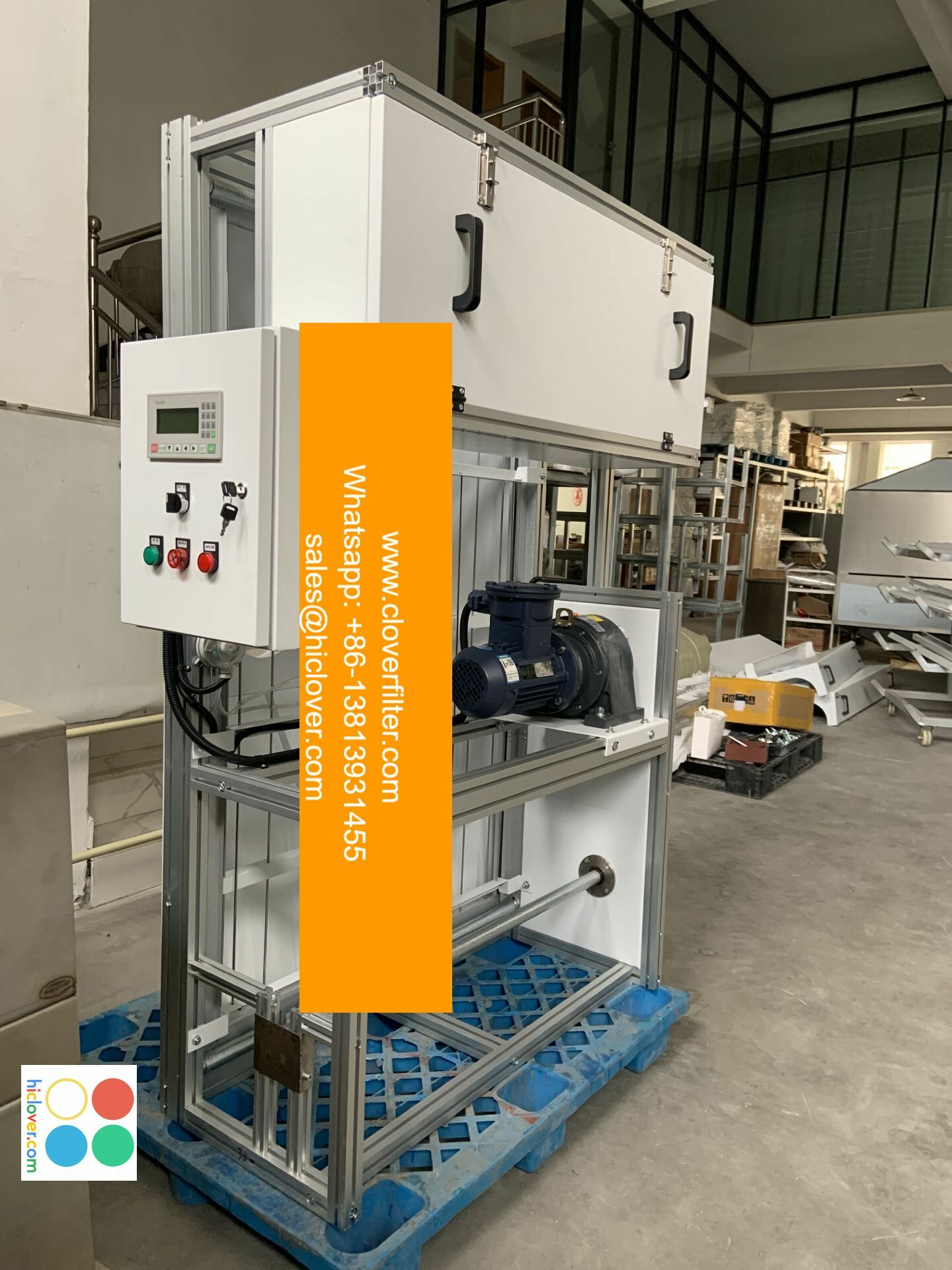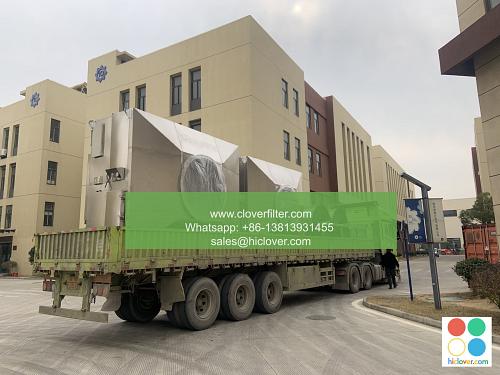What is an Air Filter Network: A Beginner’s Guide

An air filter network is a crucial system designed to improve indoor air quality by removing pollutants, dust, and other airborne contaminants. In this article, we will delve into the world of air filter networks, exploring what they are, how they work, and their various applications. As a beginner, understanding the basics of air filter networks is essential to appreciate their importance in maintaining a healthy and clean environment.
What is an Air Filter Network?
An air filter network is a complex system consisting of multiple air filters, ducts, and ventilation components. Its primary function is to purify the air by removing particulate matter, gases, and other pollutants. The network is typically designed to circulate and clean the air in a specific area, such as a room, building, or entire facility. Air filter networks are commonly used in industrial ventilation systems, commercial HVAC systems, and residential air purification systems.
Key Components of an Air Filter Network
A typical air filter network consists of several key components, including:
* Air filters: These are the primary components responsible for removing pollutants and contaminants from the air. There are various types of air filters, including HEPA filters, activated carbon filters, and pre-filters.
* Ducts and ventilation systems: These components are responsible for distributing and circulating the filtered air throughout the designated area.
* Fans and blow! ers: These components provide the necessary airflow and pressure to push the filtered air through the ducts and ventilation system.
* Control systems: These components regulate the air filter network, monitoring and adjusting the air quality, temperature, and humidity levels as needed.
Applications of Air Filter Networks
Air filter networks have a wide range of applications across various industries and sectors, including:
* Industrial settings: Air filter networks are used in manufacturing facilities, warehouses, and industrial plants to remove pollutants and contaminants from the air, improving worker health and safety.
* Commercial buildings: Air filter networks are used in office buildings, shopping centers, and restaurants to maintain good indoor air quality and provide a healthy environment for occupants.
* Residential homes: Air filter networks are used in home air purification systems to remove allergens, dust, and other pollutants from the air, improving indoor air quality and reducing the risk of respiratory problems.
* Healthcare facilities: Air filter networks are used in
* Data centers and IT facilities: Air filter networks are used to maintain clean air quality and prevent equipment damage caused by dust and other pollutants.
Benefits of Air Filter Networks
The benefits of air filter networks are numerous, including:
* Improved indoor air quality: Air filter networks remove pollutants and contaminants from the air, improving indoor air quality and reducing the risk of respiratory problems.
* Increased energy efficiency: Air filter networks can help reduce energy consumption by minimizing the need for heating and cooling systems.
* Extended equipment lifespan: Air filter networks can help extend the lifespan of equipment and machinery by preventing damage caused by dust and other pollutants.
* Enhanced occupant health and comfort: Air filter networks can improve occupant health and comfort by removing allergens, dust, and other pollutants from the air.
In conclusion, air filter networks are complex systems designed to improve indoor air quality by removing pollutants and contaminants from the air. With their various applications across industries and sectors, air filter networks are an essential component of maintaining a healthy and clean environment. By understanding the basics of air filter networks, individuals can appreciate their importance and benefits, and make informed decisions about their use in various settings. It seems like you didn’t include a question or topic for me to address. Could you please provide more context or specify what you would like to know or discuss?

